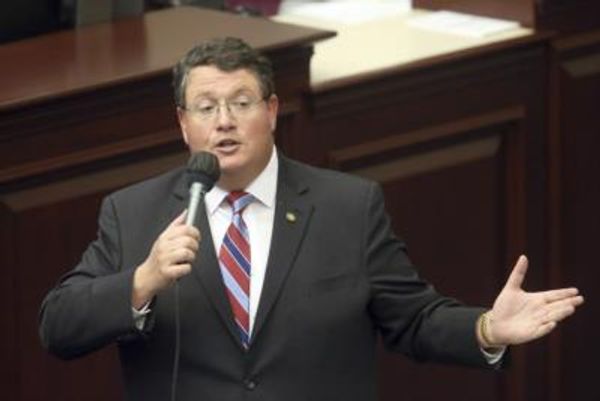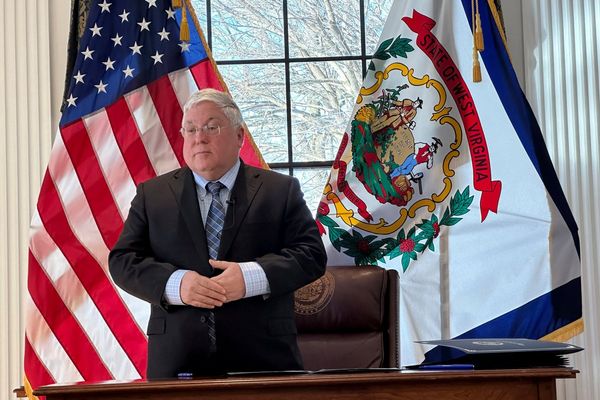In 2020, just the Indian fisheries sector was preparing for a big leap due to the reforms initiated by Prime Minister Narendra Modi, who understood the immense potential of the Blue Economy, and initiated systemic development of the sector including carving out a Fisheries Ministry, the COVID-19 pandemic threatened to halt the progress. However, the PM turned this crisis into an opportunity by announcing the Atmanirbhar Bharat package for the fisheries sector. A significant sum of ₹20,050 crore was allocated for the Pradhan Mantri Matsya Sampada Yojana (PMMSY) in September 2020, committing the biggest-ever investment in the history of Indian fisheries.
Thanks to this fresh chunk of investment and focussed attention, the PMMSY began to address critical gaps in the fisheries value chain from fish production, productivity and quality to technology, post-harvest infrastructure and marketing. It identified key strategic priority areas: marine fisheries, inland fisheries, fishermen’s welfare, infrastructure and post-harvest management, cold water fisheries, ornamental fisheries, aquatic health management, and sea weed cultivation, among others.
As it completes three years, the PMMSY has successfully pulled inland fisheries from traditional waters, and infused technology, inspiring many talented and enterprising youth to venture into fisheries. Today, young woman entrepreneurs from the Kashmir valley are efficiently rearing cold water rainbow trout using a recirculatory aquaculture system. Aquapreneurs in Nellore have become successful exporters, thanks to biofloc cultivated shrimps.
The PMMSY has also helped to expand fisheries to non-traditional areas. Almost 20,000 hectares of fresh pond area is being brought under inland aquaculture, and even in landlocked Haryana and Rajasthan, farmers are successfully converting their saline waste lands into wealth lands through aquaculture.
The PMMSY has empowered fisher women to explore remunerative options and alternative livelihoods, such as ornamental fisheries, pearl culture, and seaweed cultivation. A recently launched ₹127 crore Seaweed Park in Tamil Nadu’s Ramanathapuram district is a truly pioneering step by the Modi government.
The PMMSY has enabled 900 fish feed plants and 755 hatcheries, and is supporting research and genetic improvement of Indian White Shrimp at Chennai, the development of specific pathogen-free brood stock, and domestication of tiger shrimp in the Andaman Islands.
India is now counted among the world’s top three countries in fish and aquaculture production, and is also the biggest shrimp exporter in the world. The government has recently announced investment of ₹6,000 crore as a sub scheme under the PMMSY, taking total investment into fisheries to more than ₹38,500 crore over the last nine years.
Indian fisheries production (174 lakh tonne, according to the provisional figures for 2022-23) and export earnings are at all-time high. The cumulative fish production since 2014 is way ahead of the fish production of the previous 30 years. Shrimp production increased by 267% from 3.22 lakh tonnes in 2013-14 to 11.84 lakh tonnes in 2022-23. India’s sea food exports also doubled from ₹30,213 crore in 2013-14 to ₹63,969 crore in 2022-23.
As the developmental partnership between fishermen and government gets stronger to harness the potential of the Blue Economy, I wish Tamil matinee icon-turned-politician M.G. Ramachandran, who portrayed the lives of the fishing community in the film Padagoti, was alive today. He would have definitely been happy to see how Prime Minister Modi, with his sincere efforts and clear vision, has been ably addressing the concerns of fishermen and supporting them on the path of development through the mantra of ‘Sabka Sath, Sabka Vikas, Sabka Vishwas and Sabka Prayas’.
(This is an edited and abridged version of an article by the author, who is Union Minister of State for Fisheries, Animal Husbandry and Dairying, and Information and Broadcasting)







